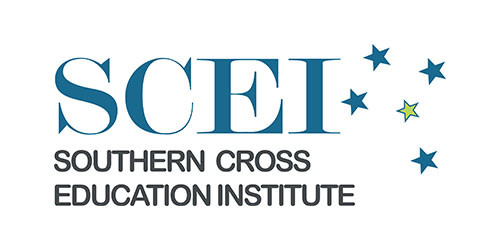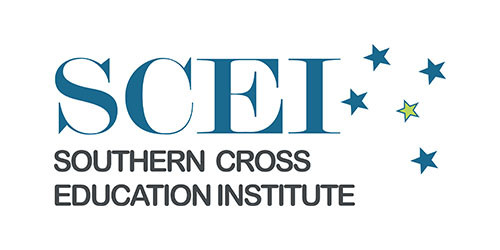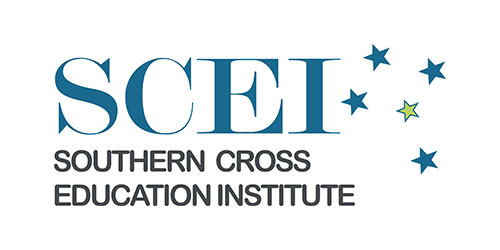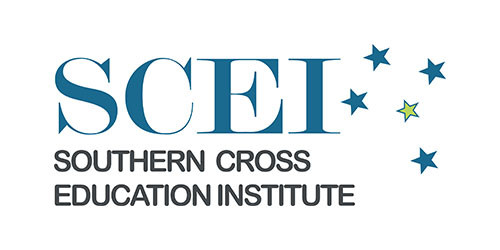Based the childs age and dexterity development

CHCECE023 Analyse information to inform learning
ASSESSMENT TASK 1 – QUESTIONING
1. Identify the primary purpose for observing young children in early childhood settings.
Observation is also a long-term process: consistent monitoring and reviewing documented
observations to make sure children are at the expected stage of development. If there is an
Personality
Temperament
Parents
Children
Sharing information
Following a report to DHHS Child Protection, Victoria Police and/or ChildFIRST you should:
| |
|---|
report and the child and their family to anyone other than authorities and service staff members (provided this does not place the child or another person at risk).
a. List what you would do
b. What method of observation are you going to use and why?
Assessment for learning describes an ongoing process of gathering and analysing information about children’s learning in order to enhance their learning. It occurs whilst children are playing or participating in activities and on a regular basis. For example, an educator working with a baby who is just beginning to reach for objects may observe that when an object is not in the baby’s line of sight, she does not reach for it. Having assessed the situation, the educator moves the object into the baby’s line of sight and the baby is able to see and reach for the object. Once the baby is reaching for the object, the educator might place the object slightly further away to encourage the baby to roll towards the object. However, if the educator observes that this frustrates the baby, she will move the object closer to the baby.
Educators assess for learning in order to enhance children’s learning rather than to make comparative judgments. Because it is ongoing, frequent and usually in context (meaning that it is not necessary to remove the child from the situation in order to assess that child’s learning and development) and intended to support learning (meaning that the person who conducts the assessment is the one who acts upon what she or he has learnt from the assessment), assessment for learning is frequently referred to as formative assessment.
CRISAH JANE PASTERA
SUDENT NO.: 10002
CHCECE023 Analyse information to inform learning Diploma of Early Childhood Education and Care

c. the procedures that must be followed if there is a need to disclose that information to others
15. Identify a regulatory or legislative requirement of the child care industry.
18. Discuss the Early Years Learning Framework (EYLF) and the National Quality Standards (NQS) rating and assessment process principles and practices that relate to:
a. Documentation
Narratives – can be oral or written. They can also be presented through art and theatre, or through audio-visual media like film, television, sound and music. All stories have the elements of setting, character, and plot. Below are some broad types of stories that children can listen to and tell themselves.
|
|---|
CRISAH JANE PASTERA
SUDENT NO.: 10002
CHCECE023 Analyse information to inform learning Diploma of Early Childhood Education and Care

CRISAH JANE PASTERA
SUDENT NO.: 10002
CHCECE023 Analyse information to inform learning Diploma of Early Childhood Education and CareLearning Stories
Child’s Photos
Work Samples

CRISAH JANE PASTERA
SUDENT NO.: 10002
CHCECE023 Analyse information to inform learning Diploma of Early Childhood Education and Care
Australia. Victoria State Government Education and Training. (2019). Stories and narrative. Retrieved from
Azilo Training. (2020). The Importance of Observation in Childcare Setting. Retrieved from
1. What assumptions are made in this scenario?
|
|---|
1. List how you would gather information regarding Sienna’s emerging skills.
Scenario Three
3. What does this description tell you about the possible strengths of Caitlin?
Scenario Four
b. Describe what other kinds of information you might collect about Olivia’s skill development to help you understand why she is having so much trouble coordinating the steps of the dance.
References





